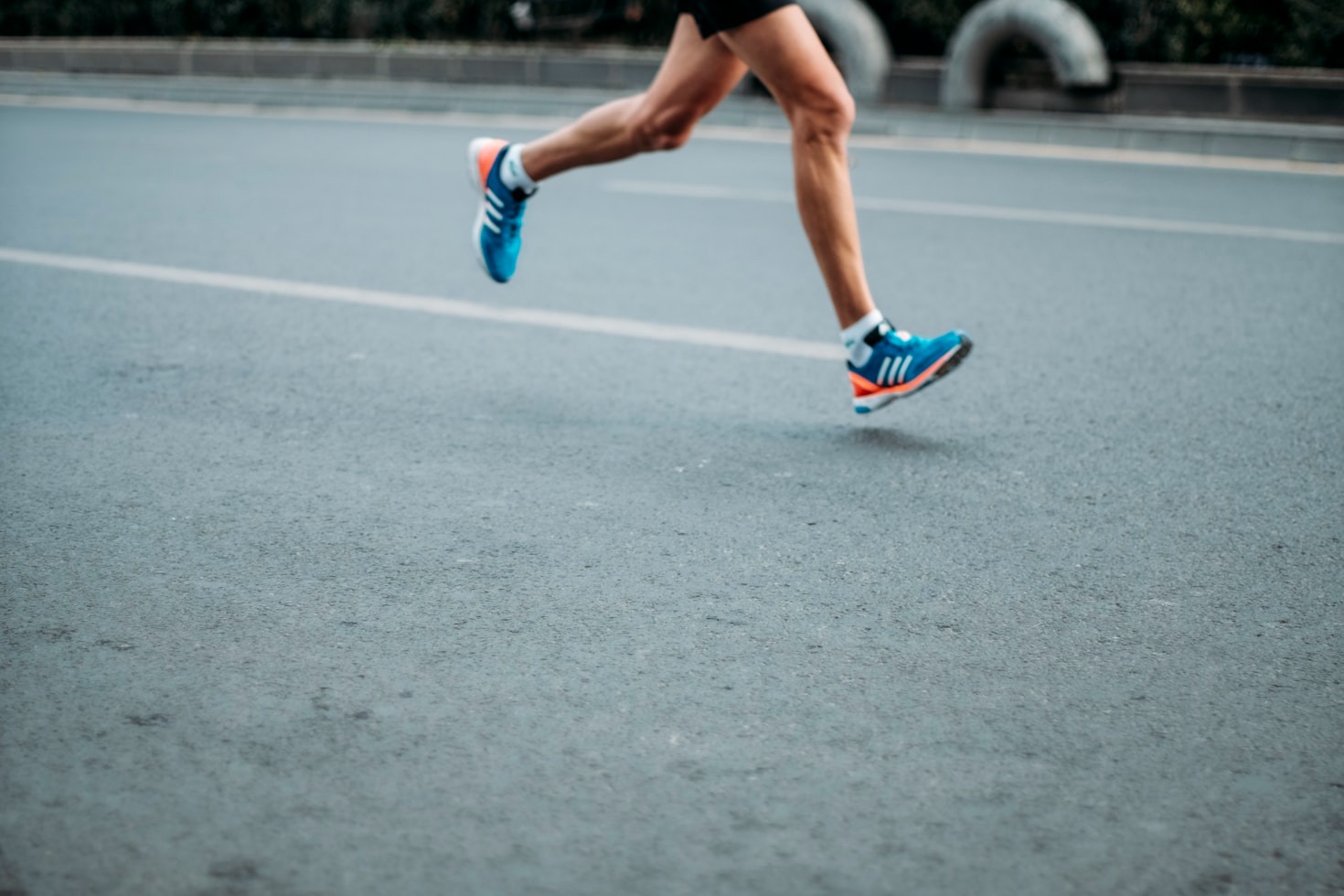Whether you’re training for a mountain ultra or heading to your first high-altitude race, understanding how your body adapts to altitude can make or break your performance.
Let’s break down the science of altitude acclimation into something you can actually use—no complicated jargon, just clear insights on what happens in your body and how to time your arrival for race day.
A Quick History Lesson
Altitude training became a hot topic after the 1968 Olympics in Mexico City (elevation: 7,350 feet). Endurance athletes underperformed, while sprinters broke records. Why?
- Endurance performance dropped because there was less oxygen available in the air.
- Sprints improved due to lower air resistance at higher altitudes—less drag means faster times.
This led to decades of research into how altitude affects performance and how to adapt to it.
What Changes at Altitude?
Here’s the surprising part: the percentage of oxygen in the air doesn’t change. It’s still around 21%. But the air pressure drops, which means the oxygen molecules are farther apart—making it harder to get enough oxygen into your lungs and bloodstream.
That’s why runners say, “There’s no air up here!”
What Happens in Your Body
When you first arrive at altitude, your body jumps into action to cope with the lack of oxygen. Some changes happen fast, others take days or even weeks.
In the First 24 Hours:
- You breathe faster and deeper.
- Your heart rate goes up to keep oxygen moving.
- Your body starts to lose water and plasma volume through increased urination.
- You might feel fine—or just a little off.
Between Days 2–5:
- This is the rough patch. You may feel tired, dizzy, or get a headache.
- Your sleep might suck.
- Your body is trying to balance your blood pH and figure out how to work with less oxygen.
- Performance usually drops here—this is when most runners feel worst.
After Day 5:
- You start to feel more normal.
- Your breathing becomes more efficient.
- Your heart rate begins to come down.
- The kidneys release erythropoietin (EPO), which triggers new red blood cell production—but these cells take 2–3 weeks to mature.
Why Arrival Timing Matters
If you’re racing at altitude, when you arrive really matters.
- Best Option 1: Arrive 10–14 days early so your body has time to adjust.
- Best Option 2: Arrive the day before (within 24 hours). Your body hasn’t had time to react yet.
- Worst Option: Arriving 2–5 days before the race. This is when your body is in the hardest phase of adjustment.
So unless you can go early and give yourself a full week or more, you’re better off showing up last minute.
What About Altitude Tents?
Altitude tents simulate high-altitude air while you sleep. They can help, but:
- You need to use them 8–10 hours a day for 3–4 weeks to get full benefits.
- Sleep quality can suffer.
- They’re expensive and may not work for everyone.
If you live close to sea level, tents might help you prep for a race at altitude—but they’re not a quick fix.
Can Heat Training Help?
Maybe. Training in the heat increases your blood plasma volume, which helps with cardiovascular efficiency—kind of like one of the early adaptations to altitude. But it’s not a direct substitute.
There’s potential here, but it’s still being studied. If you’re considering it, do it carefully.
Air Restriction Masks? Skip Them.
Those masks that make it harder to breathe? They don’t simulate altitude. They just make breathing feel harder without triggering the real physiological adaptations. The science doesn’t support them.
Symptoms of Altitude Sickness
Mild:
- Fatigue
- Headache
- Poor sleep
- Nausea
Moderate to Severe:
- Vomiting
- Chest tightness
- Shortness of breath
- Confusion or trouble walking
Symptoms usually show up 12–48 hours after arrival. Fitness doesn’t protect you from it. The only cure is time—or going to a lower elevation.
The Big Picture
- Altitude affects everyone differently.
- Don’t train hard in your first few days at altitude.
- Time your arrival to avoid the mid-week slump.
- Acclimation takes time—real red blood cell increases take 2–3 weeks.
If you can’t afford to go early, go late. That’s not lazy—it’s smart.
Got questions about planning your race week at altitude? Drop them in the comments or reach out—we’ll get you sorted.


Leave a Reply